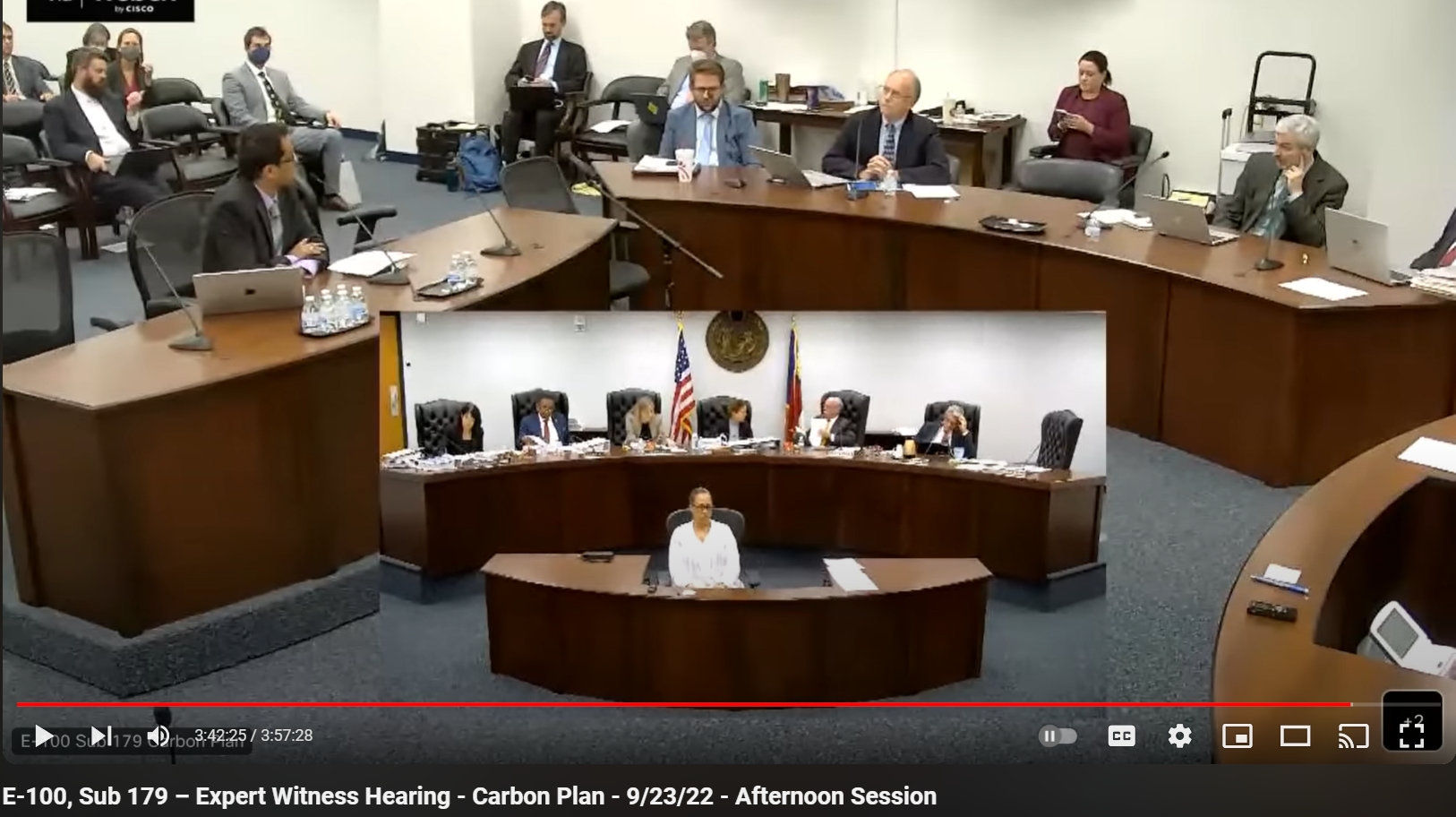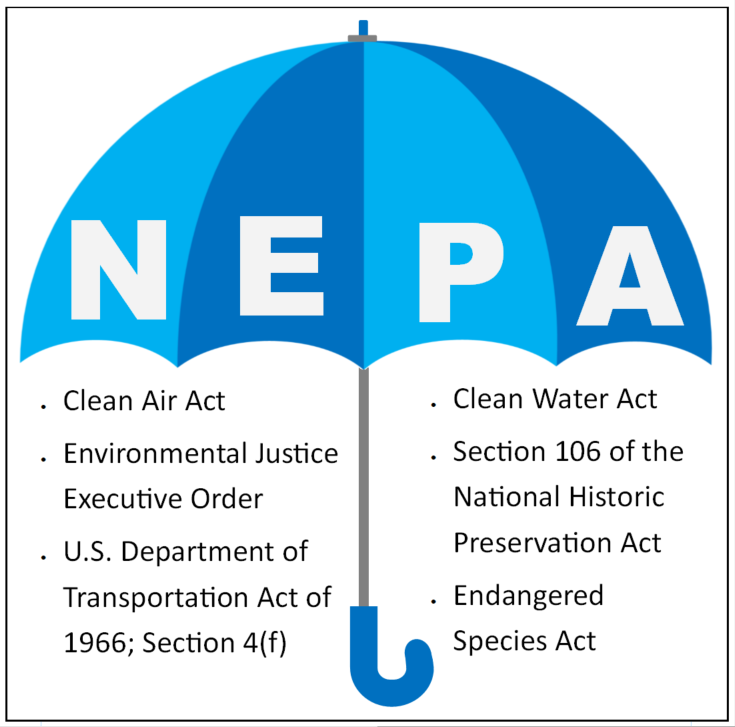While TVA's IRP is not exempt from NEPA review, TVA can and should have a separate public, accessible, and transparent process for its IRPs.
Maggie Shober | February 12, 2024 | Tennessee, UtilitiesTVA is using NEPA as a stand-in for genuine public and stakeholder processes to inform its latest long-term resource plan. But NEPA was not intended to be used that way, and it falls far short of what is needed for the public to be able to interact with and inform key decisions that will impact all of our daily lives for decades to come. Because it relies on NEPA for public input, TVA’s IRP process lacks transparency and accessibility.
TVA’s IRP: Once Every 5 Years
The Tennessee Valley Authority is currently working on its first long-term Integrated Resource Plan (IRP) in five years. This IRP will drive near-term resource decisions and stand up long-term programs and projects that will determine how electricity needs across the Valley are met next year through 2050. Since TVA will likely not revisit these issues for another five years, this particular plan is of the utmost importance to accelerating clean energy to lower energy costs and improve reliability and resilience. Thus, when the TVA Board denied our request that they hold a public hearing on this IRP, we joined with other advocates to host our own and sent a set of recommendations from experts and the public to the TVA Board.
The National Environmental Policy Act (NEPA) & TVA
NEPA dates back to 1970. It was set up to require all federal agencies to evaluate the potential environmental impacts of their actions and decisions. Since TVA is a federal agency, it is required to go through a NEPA process for many decisions, from changing its rate structure to building a new power plant. A separate statute, the TVA Act, requires TVA to do long-term planning, and includes requirements about resources to consider and how TVA’s utility customers are involved.
NEPA was set up for agencies to conduct Environmental Impact Statements (EIS), not IRPs.
When we joined with other advocates in calling on TVA to have a hearing on its current IRP, TVA responded by listing its NEPA public steps and an invite-only working group. While TVA’s IRP is not exempt from NEPA review, TVA can and should have a separate public, accessible, and transparent process for its IRPs.
Here are just a few ways that NEPA differs from a typical regulatory IRP process.
1. NEPA does not allow discovery questions of the utility. In a regulatory IRP, stakeholders can ask questions and request documents.
2. Adherence to NEPA is overseen by the EPA and CEQ, neither of which have experience overseeing a utility IRP process. TVA is the only federal utility that does its own IRP. TVA’s closest relative, the Bonneville Power Authority (BPA), has its long-term planning performed by an independent entity.
3. When a member of the public or an organization submits comments through the NEPA process they only go to TVA’s staff. In a regulatory IRP process, the independent regulators hear directly from the public and stakeholders through written comments, public hearings, and litigated hearings.

4. NEPA focuses on the environmental impacts (and a few select societal impacts) of a specific decision. An IRP typically isn’t prescriptive, and TVA’s IRPs tend to be very general, so the environmental impacts from a draft TVA IRP are usually fairly meaningless. A regulatory IRP process looks at impacts on costs, reliability, the economy, and the environment. The issues a Commission considers when reviewing an IRP are typically set out in a state’s IRP statute.
5. Under NEPA, federal agency staff (i.e. TVA staff) determine whether and how to incorporate feedback from the public. In a regulatory IRP process, the independent regulators decide what parts of an IRP to approve, deny, or change.
Regardless of the differences, it remains true that NEPA was not intended to provide the sole public input for a utility IRP. An IRP is a complex process that should consider more than environmental impacts, and requires careful and independent oversight.

SACE has repeatedly called on the TVA Board to make the IRP process more accessible and transparent. When TVA’s Board of Directors refused to hold a public hearing on TVA’s 2024 draft IRP, we joined with allies to hold our own. The outcome of that hearing was clear: TVA’s IRP process is not normal, and not in a good way. The lack of transparency and accountability is likely to lead to further investments in new fossil fuel infrastructure, which will expose people in the Tennessee Valley to the risks associated with higher bills and more power outages in the future. Now we are calling out TVA for using NEPA as its primary public engagement tool for this long-term planning process that will impact the day-to-day lives of residents across the Valley for decades to come.
It is time that TVA put in place a public IRP process, separate and above its requirements under NEPA.